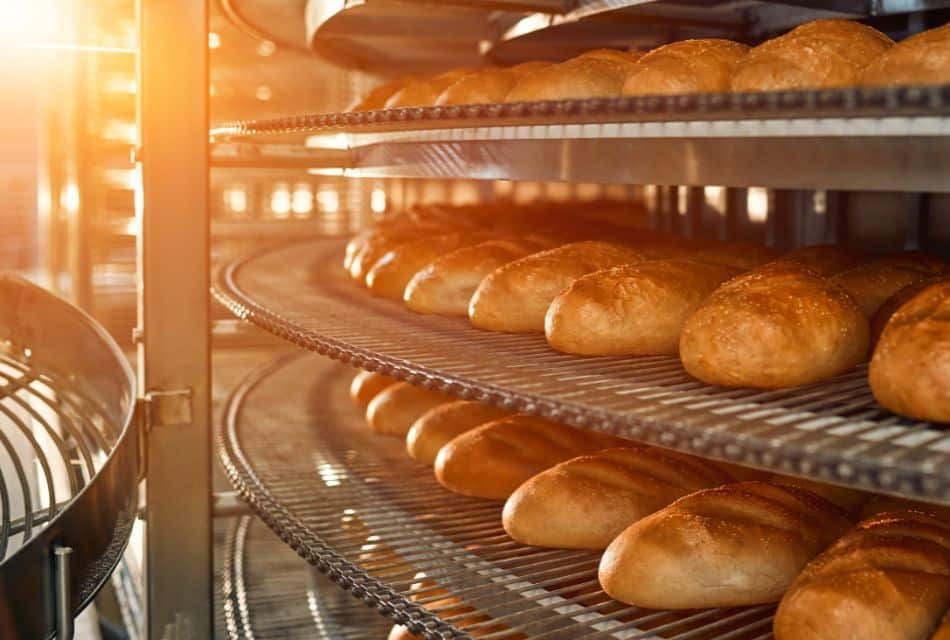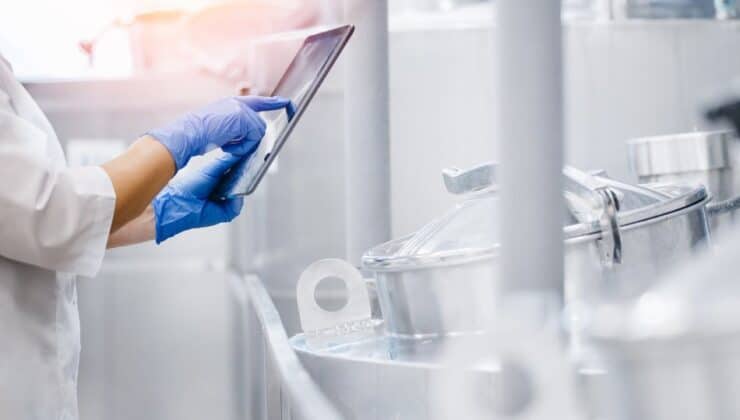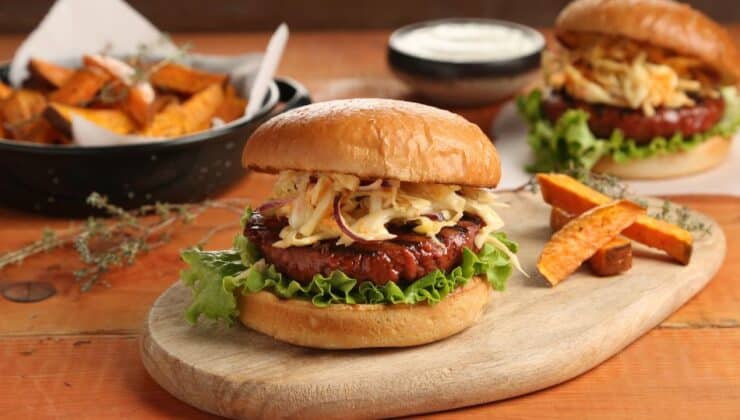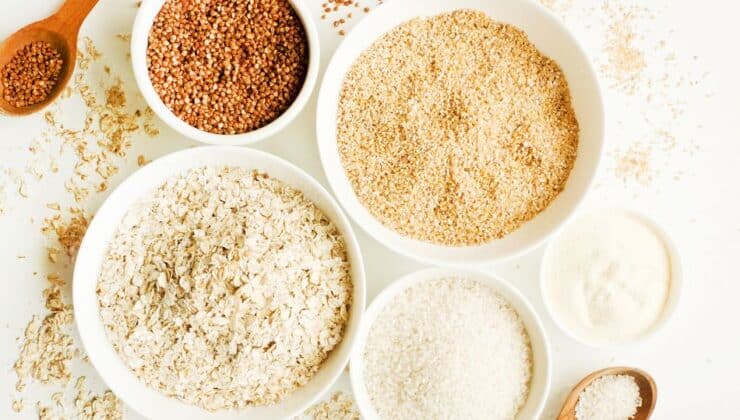The baking process is key to guaranteeing gluten-free products.
According to the Spanish Federation of Coeliac Associations, Regulation 828/2014, in force since July 2016, establishes the necessary requirements for the declaration of information to consumers on the absence or reduced presence of gluten in food products, providing specific data on the composition and labelling of those foods suitable for people with coeliac disease and also for those with gluten intolerance.
In order to ensure compliance with the current legislation, the food industry must be strict both in the sourcing of raw materials and in the process carried out to obtain food products that comply with the Regulation.
That is, products that can guarantee that their gluten content is zero, negligible, below 20 mg/kg, or as low as between 20 and 100 mg/kg. In the latter case, the labelling must make it clear that these are products with a “very low gluten content” whose ingredients may include, for example, traces of wheat, rye, barley or oats.
With values so clear that they leave no room for the slightest doubt, the food industry has to carry out transparent procedures to ensure the production of gluten-free products in the baking process, an age-old process by which, following different methodologies, products that are historically essential to the daily diet are obtained.
These methods include the production of gluten-free products from raw materials free of this protein, which are of the highest quality at source, such as those offered for years by Molendum Ingredients, a subsidiary of the Dacsa group. Raw materials from special milling processes, such as flours from whole pulses; from Castilian and red lentils or chickpeas; from peas or red, pinto and white beans; whole flours from ancestral grains such as quinoa, amaranth, buckwheat or teff and, of course, flours from rice and white corn cereals.
Moreover, the R&D departments of bakery companies are constantly striving to improve the organoleptic properties and nutritional quality of their products, constantly facing the challenge of research to replace gluten while guaranteeing the stability and elasticity of the dough, as well as extending the shelf life of their gluten-free products.
Companies committed to gluten-free baking processes are growing steadily in the shadow of increasing demand due to allergy, intolerance or, perhaps, dietary and gastronomic curiosity. These are initiatives that guarantee the absence of gluten in their products, while at the same time offering a variety and quality that is growing all the time.
In order to obtain the gluten-free label, these companies, in addition to having gluten-free raw materials, must develop a production process based on traceability that enables them to obtain gluten-free products in the baking process.
Specifically, companies must maintain traceability backwards, in order to be able to track and determine what, how much, when and where the raw materials used come from and, in the case of distributing products to other companies, maintain both traceability forwards, towards the customer, and internal traceability, keeping records that make it possible to establish the link between the raw materials used in the baking processes and the end products obtained.





